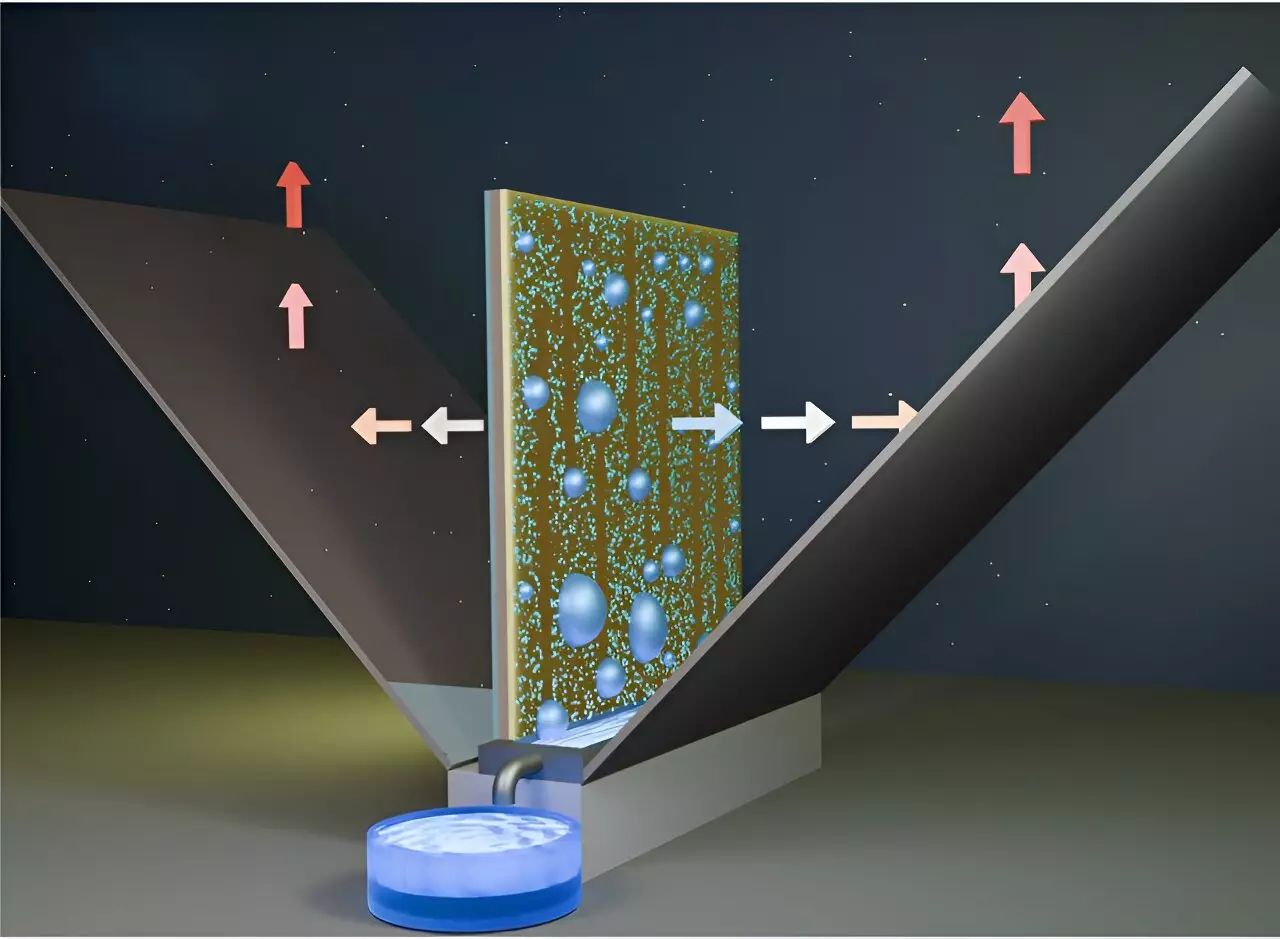Saudi Arabia is on the verge of a transformative journey toward renewable energy, with solar energy taking the front seat. Favorable climatic conditions and significant investments in solar technology have enabled the Kingdom to boast that over 80% of its green energy comes from the sun. Yet, a paradox exists: the very systems designed to harness this energy face overheating, necessitating cooling methods that often rely on electricity. This conundrum highlights the intricate challenges of sustainability in arid regions, revealing the pressing need for innovative solutions that can enhance efficiency while minimizing reliance on electric power.
The operation of solar cells in arid environments like Saudi Arabia presents unique challenges. High temperatures can impede their performance, necessitating cooling systems to maintain optimal operational efficacy. Traditional cooling methods often depend on electrical power, which poses a significant obstacle, especially in rural areas where electricity infrastructure remains inadequate or nonexistent. This reliance not only contributes to operational costs but also detracts from the overall sustainability of solar power systems in such regions.
Moreover, studies indicate that atmospheric water harvesting—techniques that extract moisture from the air—often fall short in efficiency in extreme climates, due to the persistent challenges of condensation and water adhesion. These factors complicate the ability to gather adequate water without consuming additional energy. As such, a solution that combines water extraction with cooling without electrical input represents a breakthrough in addressing both energy and water scarcity concerns.
In light of these challenges, a groundbreaking solution has emerged from an international research team led by KAUST Professor Qiaoqiang Gan. Their innovative device utilizes a passive method that draws water from the atmosphere using gravity rather than electricity. This system not only cools solar cells but also generates potable water that can serve multiple purposes—from irrigation to providing fresh water for various domestic needs. The simplicity of this technology, which employs readily available materials and requires no mechanical components, signifies a monumental leap forward in renewable energy applications.
One of the key insights in this research ventured into a new coating mechanism, developed postdoc Shakeel Ahmad and Professor Dan Daniel, which eliminates the issue of water droplets ‘pinning’ to the harvesting surface. By applying a unique lubricant blend that comprises commercial polymers and silicon oil, they significantly enhanced water collection efficiency. The porous surface of the device promotes passive radiative cooling and allows for effortless water collection, thereby streamlining the process—an efficiency previously unattainable with existing atmospheric water harvesting technologies.
The device was rigorously tested over a year in real-world conditions in Thuwal, Saudi Arabia, yielding substantial improvements—almost doubling the water collection rates compared to traditional systems. The simplicity and passivity of this design imply lower operational costs due to reduced need for maintenance. Unlike conventional systems that utilize mechanical components such as compressors or fans, this new solution alleviates energy consumption concerns while contributing to the wider adoption of solar energy in electricity-scarce regions.
The economic implications of this technology cannot be overstated. With lower electricity costs and maintenance requirements, the financial burden on households and rural communities could be significantly eased. This innovation could serve as a turning point for sustainable practices—reducing environmental footprints while enhancing quality of life in arid regions.
Saudi Arabia stands at a critical juncture as it strives to diversify its energy sources and enhance sustainability. Innovations like the atmospheric water harvesting device designed by Professor Gan and his team serve as a beacon of hope. By marrying solar energy production with effective water collection—without the burden of electricity consumption—this technology advances not just energy independence but also broader societal benefits. As countries worldwide grapple with resource management amidst climate change, the lessons learned from this research could serve as a blueprint for sustainable development in similarly arid regions, paving the way for a more resilient future.


Leave a Reply